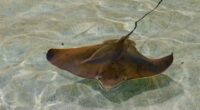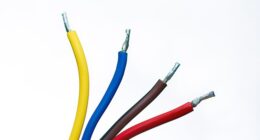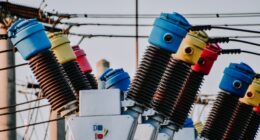Sheathed cable has an outer protective covering (sheath) for insulation and safety, while unsheathed cable lacks this additional protective layer.
TL;DR Sheathed cables Vs. Unsheathed cables
Sheathed cables, also known as armored or protected cables, are encased in a protective outer layer that offers increased durability and resistance against external factors such as moisture, abrasion, and UV rays. This makes them ideal for outdoor applications or areas with high levels of mechanical stress. The sheathing provides an extra layer of safety and prevents accidental damage to the conductors inside.
Unsheathed cables are more commonly used for indoor installations where protection from external elements is not a major concern. These cables are typically less expensive than their sheathed counterparts but may require additional measures to ensure proper insulation and safety.
Sheathed Cables
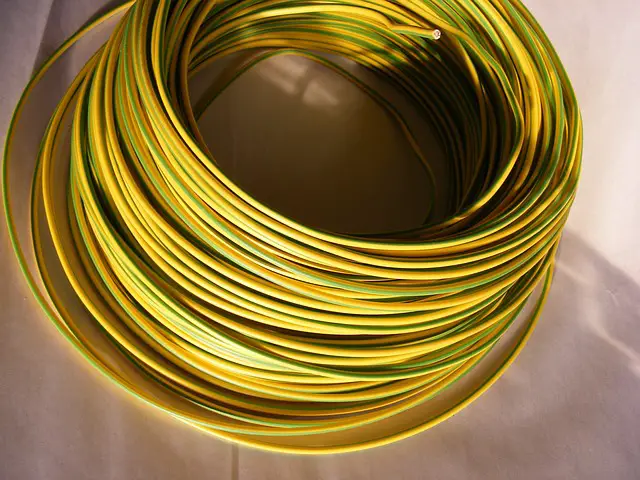
Sheathed cables, also known as jacketed cables, are commonly used in various electrical applications. These cables consist of insulated conductors enclosed within a protective outer layer, or sheath.
The sheath serves multiple purposes, including providing mechanical protection to the internal wires and insulation against external factors like moisture and abrasion.
One of the main advantages of sheathed cables is their enhanced durability. The protective covering shields the internal components from potential damage caused by environmental elements or physical stress. This makes them ideal for outdoor use or in areas where there may be a higher risk of impact or wear and tear.
In addition to protecting against external factors, sheathed cables also offer improved safety. The outer layer acts as an extra barrier between the live wires inside and any surrounding objects or individuals. This helps reduce the risk of electric shock accidents and ensures compliance with safety regulations.
Installation-wise, sheathed cables often come equipped with additional features that simplify the process for electricians. Some variants have color-coded jackets which make it easier to identify individual wires during installation, ensuring correct connections are made without confusion.
However, it’s important to note that while sheathed cables provide excellent protection and ease of installation, they can be bulkier compared to unsheathed alternatives due to the added layer of insulation around each individual wire.
Unsheathed Cables
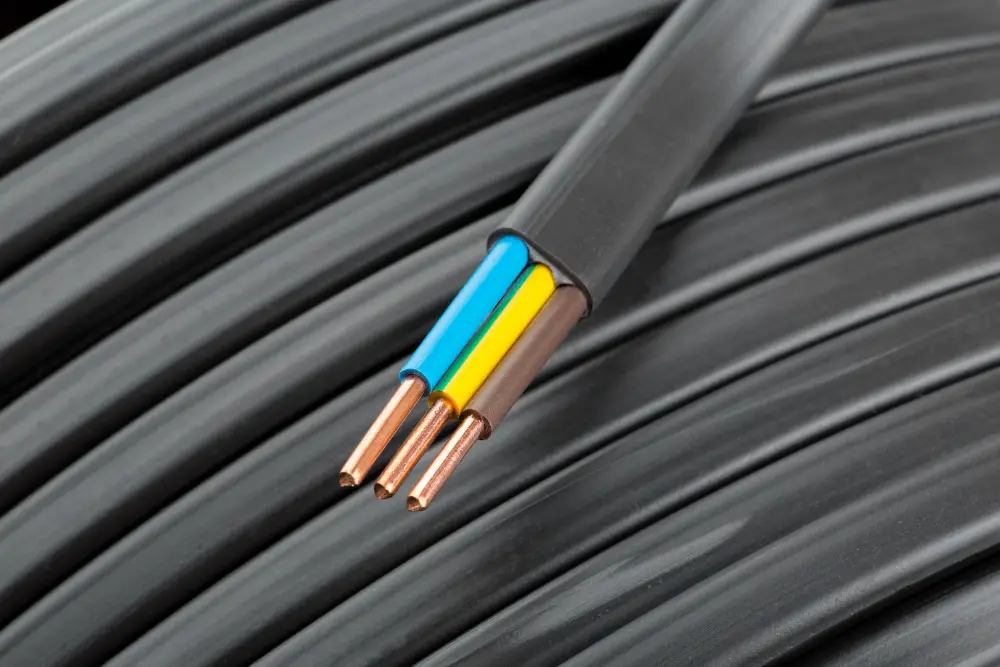
Unsheathed cables, also known as bare cables, are a type of electrical cable that does not have an outer protective layer or sheath. Unlike sheathed cables, which have a covering made of materials like PVC or rubber, unsheathed cables expose the conducting wires.
The absence of a protective sheath in unsheathed cables makes them more vulnerable to damage from environmental factors such as moisture, heat, and physical stress. This means that they are generally not suitable for use in outdoor or harsh conditions where there is a risk of exposure to these elements.
However, despite their lack of protection, unsheathed cables do have their advantages. For one, they tend to be more flexible than sheathed cables due to their simpler construction. This flexibility can make them easier to install and maneuver in tight spaces.
Additionally, because unsheathed cables do not have an extra layer around the conductors, they may be slightly cheaper than their sheathed counterparts. This can make them a cost-effective option for certain applications where the additional protection provided by a sheath is unnecessary.
It’s important to note that while unsheathing may offer some benefits in terms of flexibility and cost savings, it comes at the expense of reduced durability and protection. Therefore proper consideration should be given to the specific requirements and environment when choosing between sheathed and unsheathed cables for any electrical installation project.
Sheathed cables Vs. Unsheathed cables – Key differences
| Aspect | Sheathed Cables | Unsheathed Cables |
|---|---|---|
| Outer Covering | Have an additional protective outer sheath or jacket | Lack the protective outer covering |
| Insulation | The sheath provides insulation and protection | May have individual insulation on each conductor, but not on the entire cable |
| Durability | Generally more durable and resistant to environmental factors | Less durable and more susceptible to damage |
| Safety | Enhanced safety due to the protective sheath, reducing the risk of electric shock | Greater risk of electrical hazards as conductors are exposed |
| Use Cases | Commonly used in indoor and outdoor applications, including wiring in buildings | Typically used in protected indoor environments |
| Weather Resistance | More resistant to moisture, UV rays, and other weather-related factors | Susceptible to damage from moisture and sunlight |
| Examples | Romex (NM-B) cable used in residential wiring, armored cables (AC), etc. | Individual insulated wires used in some internal electrical connections |
Advantages and Disadvantages of Sheathed and Unsheathed Cables
Advantages of Sheathed Cables:
- Enhanced Safety: Sheathed cables provide an additional layer of insulation and protection, reducing the risk of electrical hazards and electric shock.
- Durability: They are more durable and resistant to environmental factors, making them suitable for outdoor and harsh conditions.
- Weather Resistance: Sheathed cables are better equipped to withstand moisture, UV rays, and temperature fluctuations, making them ideal for outdoor use.
- Professional Appearance: The sheath gives cables a neat and professional appearance, which is often preferred for visible wiring installations.
- Versatility: Sheathed cables can be used in a wide range of applications, including both indoor and outdoor wiring, due to their protective covering.
Disadvantages of Sheathed Cables:
- Cost: Sheathed cables tend to be more expensive than unsheathed cables due to the additional materials and manufacturing processes.
- Bulkiness: The sheath adds bulk to the cable, which can be a drawback in tight or confined spaces where flexibility is crucial.
- Installation Complexity: Installing sheathed cables may be more complex than working with unsheathed cables, particularly when routing them through conduits.
- Repair Challenges: Repairing damaged sheathed cables can be more challenging, as it often involves replacing the entire cable section.
- Weight: Sheathed cables are generally heavier than unsheathed cables, which may affect their use in certain applications.
Advantages of Unsheathed Cables:
- Cost-Effective: Unsheathed cables are usually more cost-effective, making them a budget-friendly choice for some applications.
- Flexibility: They are more flexible and easier to handle, making them suitable for tight spaces and intricate installations.
- Lightweight: Unsheathed cables are lighter, which can be advantageous in applications where weight is a concern.
- Simplicity: Installation and repair of unsheathed cables tend to be simpler and require less effort.
- Space Efficiency: Due to their reduced bulk, unsheathed cables can be more space-efficient in certain installations.
Disadvantages of Unsheathed Cables:
- Limited Use: Unsheathed cables are typically suitable for indoor and protected environments but may not be suitable for outdoor or harsh conditions.
- Reduced Safety: They lack the additional protection of a sheath, increasing the risk of electrical hazards if not handled carefully.
- Vulnerability to Environmental Factors: Unsheathed cables are more susceptible to damage from moisture, sunlight, and mechanical stress.
- Aesthetics: They may not provide the same level of aesthetic appeal as sheathed cables in visible installations.
- Shorter Lifespan: Unsheathed cables may have a shorter lifespan due to their vulnerability to environmental factors and wear and tear.
Image Credits
Featured Image By – fabrikasimf on Freepik
Image 1 By – Emilian Robert Vicol from Pixabay
Image 2 By – fabrikasimf on Freepik

